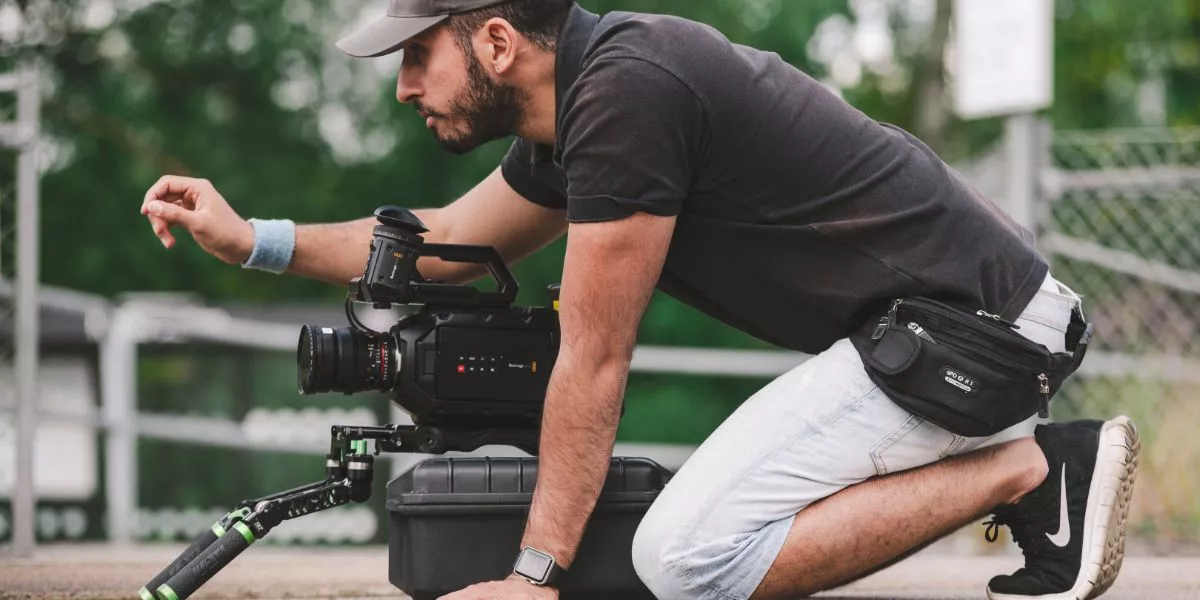
To properly set up and use trail cameras for scouting and monitoring game movement, you should carefully select strategic locations near water sources, feeding spots, or travel routes where wildlife frequent. Ensure to position the camera securely at the right height and angle, facing the monitoring area directly. Adjust camera settings like resolution and sensitivity for optimal results, and keep an eye on patterns in animal activity by reviewing footage regularly.
Remember to maintain your cameras by checking for damage, keeping batteries charged, and troubleshooting any issues that arise. Mastering these steps will improve your wildlife monitoring skills and help you capture fascinating behaviors on camera.
Choosing the Right Location
When setting up trail cameras for game monitoring, pick out a strategic location that provides optimal coverage of the area. Choose a spot where game activity is likely to be concentrated, such as near water sources, feeding areas, or travel corridors. Look for signs like tracks, droppings, or rubs to determine where animals frequent the most. Remember, the goal is to capture the best footage without disturbing the natural behavior of the wildlife.
Ensure the camera is mounted securely and at the right height for the best angle. Avoid placing it too high or too low, as this may result in missed shots or ineffective monitoring. Check for any obstructions that could block the camera's view, such as branches or tall grass, and clear them away.
Setting Up the Camera Correctly
For optimal performance, ensure your trail camera is positioned at the right angle and distance from the target area. When setting up your camera, make sure it's mounted securely on a stable surface to prevent any unwanted movement that could affect the quality of your footage.
Adjust the camera so it's parallel to the ground and pointed directly at the area you want to monitor. Be mindful of any obstructions that could block the camera's view, such as branches or tall grass. Check the camera's field of view to ensure it covers the desired area without any blind spots.
Additionally, consider the height at which the camera is placed; positioning it at about waist height is often recommended for capturing a good perspective of wildlife movement. By setting up your camera correctly, you increase the chances of capturing clear and useful footage for scouting and monitoring game movement.
Adjusting Camera Settings for Optimal Results
To achieve optimal results with your trail camera, ensure you adjust the camera settings correctly to suit your monitoring needs.
Start by setting the resolution to a level that balances image quality with memory usage. Higher resolution captures more detail but uses up storage faster. Opt for a medium to high-quality setting for most scouting purposes.
Adjust the sensitivity of the motion sensor based on the area you're monitoring. High sensitivity might lead to more false triggers from wind or small animals, while low sensitivity could cause you to miss important wildlife activity.
Set the camera to the desired trigger interval, keeping in mind that shorter intervals can drain the battery faster. Configure the date and time settings accurately to track when animals are most active.
Lastly, consider using the time-lapse feature if you want to capture broader views of the area over a set period. By customizing these settings to your specific needs, you can maximize the effectiveness of your trail camera for monitoring game movement.
Monitoring and Analyzing Wildlife Activity
Analyze wildlife activity by reviewing the captured trail camera footage for patterns and behaviors. Look for consistent times when animals pass by, noting any regularity in their movements. Pay attention to how different species interact with each other and their environment. By observing these behaviors, you can gain valuable insights into their habits and territories.
Take note of any changes or anomalies in the wildlife activity. Sudden spikes or dips in animal presence could indicate external factors affecting their behavior, such as weather changes or disturbances in the area. Monitoring these fluctuations can help you adapt your scouting strategies accordingly.
Identify specific trails or areas where wildlife frequently congregate. By recognizing these hotspots, you can strategically position your trail cameras to capture more frequent and detailed footage. This targeted approach can provide you with a deeper understanding of the animals' movements and behaviors in those particular areas.
Maintaining and Troubleshooting Trail Cameras
Regularly inspect your trail cameras for signs of wear, damage, or malfunction to ensure optimal performance in monitoring wildlife activity. Check the camera housing for cracks, make sure the seals are intact to prevent water damage, and clean the lens to avoid blurry images.
Ensure the batteries are charged and replace them periodically to prevent camera downtime. If you notice any issues, troubleshoot by checking the SD card, power source, and settings. Test the camera regularly by taking test shots and reviewing the footage to guarantee it's functioning correctly.
If problems persist, refer to the manufacturer's manual for troubleshooting tips or contact customer support for assistance. Remember to secure your camera properly to prevent theft or damage from wildlife.
Conclusion
Now that you have learned how to properly set up and use trail cameras for scouting and monitoring game movement, you can confidently gather valuable information about wildlife activity in your area.
Remember to choose the right location, set up the camera correctly, adjust settings for optimal results, monitor wildlife activity, and maintain the trail cameras regularly.
With these tips in mind, you'll be well-equipped to track and observe game with ease.
Happy scouting!




